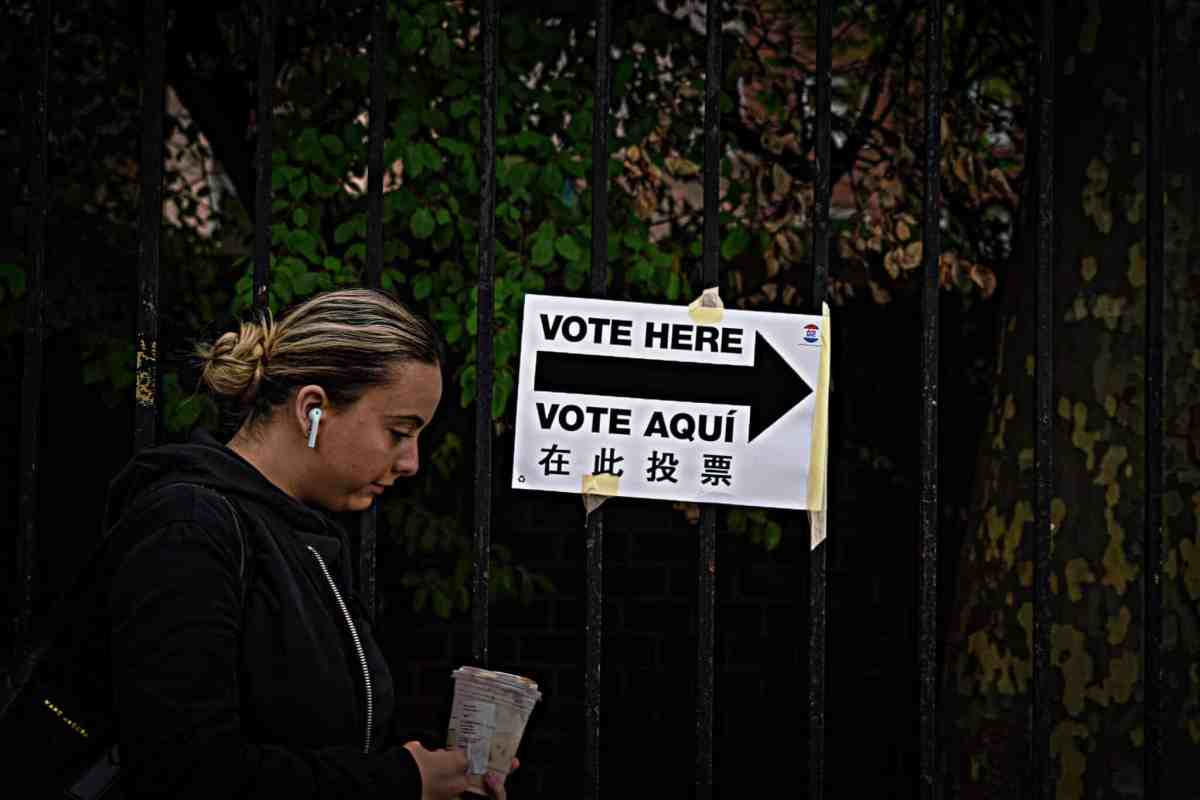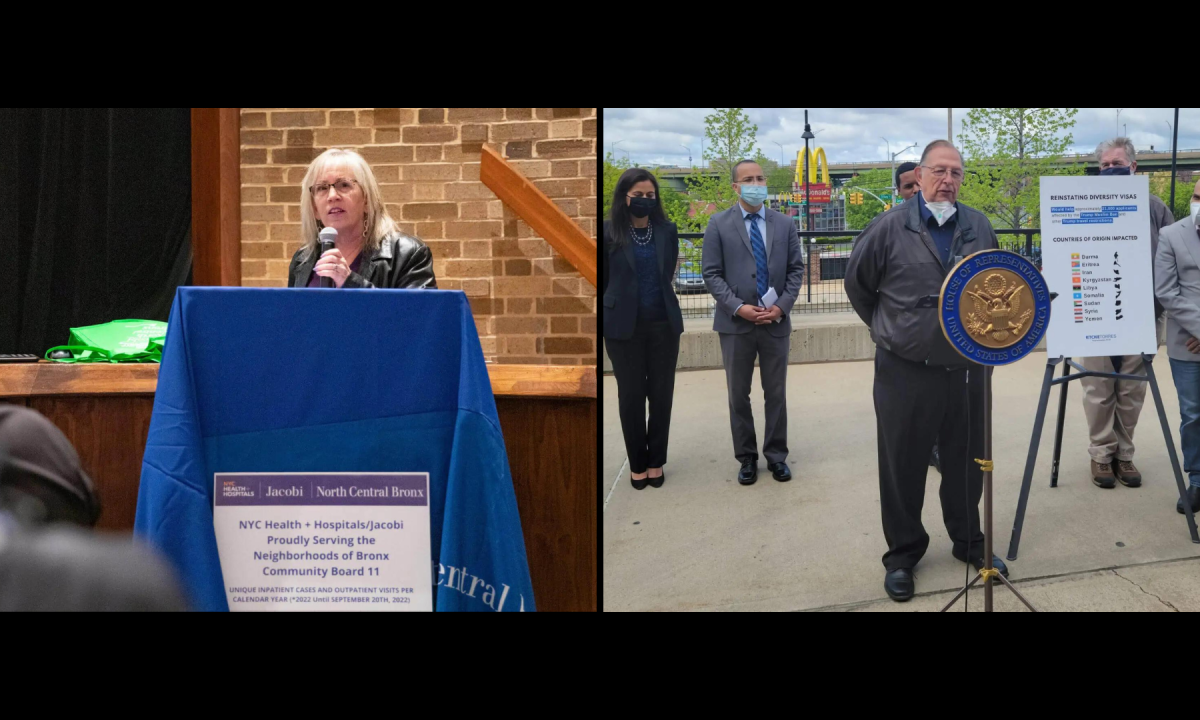New York’s highest court last week gave Democrats a chance to redraw the state’s congressional districts, a major victory as the party tries to win control of the U.S. House next year.
Now the question is how far the state’s Democratic-dominated Legislature will try to push the boundaries in crucial battleground districts to give their party an advantage, and how far the courts will let them.
The process will be closely watched for any sign of partisan gerrymandering — drawing lines that give one party an unfair advantage — which is forbidden by state law. And Republicans are expected to challenge the results in court as they try to retain their slim House majority.
But experts say it’s unclear where the state’s highest court will land on determining what’s too partisan.
“There’s no hard and fast definition or bright line to define partisan gerrymandering,” said New York Law School professor Jeffrey Wice, who focuses on redistricting. “There really is no bright line to know when a plan becomes too much of a partisan gerrymander. That’s often based on a panel of experts and the decision of judges.”
How we got here
Part of the uncertainty in New York comes from a decision by the state’s highest court last year, when it threw out congressional maps drawn by Democrats that were criticized for oddly shaped lines that crammed the state’s Republican voters into a few super districts.
In that ruling, the court focused more on questions over the procedural steps Democrats took to draw the lines and spent only a few paragraphs on whether the districts violated the state’s gerrymandering prohibition.
It instead upheld lower court rulings that found “clear evidence and beyond a reasonable doubt that the congressional map was unconstitutionally drawn with political bias” and that “the 2022 congressional map was drawn to discourage competition and favor Democrats,” based on testimony and analysis of previous maps.
The court then appointed a special master to draw a new set of congressional lines for the last election, which along with strong GOP turnout and dissatisfaction with Democratic policies, led to Republicans flipping seats in the New York City suburbs and winning control of the House.
After the election, Democrats sued to toss the court-drawn maps, arguing that the state’s bipartisan redistricting commission should get another chance to draft congressional lines. The court agreed in a decision last week.
The new maps will be first left to the commission, before the Legislature has a chance to approve or alter the lines.
‘They’re going to be more careful’
Richard Briffault, a Columbia Law School professor with an extensive background on redistricting and government, said he thinks Democrats might err on the side of caution to avoid another long legal fight before the election.
“My guess is they’re going to be more careful,” Briffault said. “They certainly would be wise to be more careful and not be too aggressive because they will surely be sued.”
Democrats had already targeted the state as a battleground for the House next year. The party has set its sights on six seats it wants to flip in New York, with those potential pickups reversing or even exceeding the expected loss of at least three districts in North Carolina after a Republican gerrymander there.
At the same time, redistricting litigation is ongoing in several other states, including Florida, Georgia and Louisiana, where Democrats are hoping to make gains. Democrats also are expected to gain a seat in Alabama, where districts were revised after federal judges ruled that the original map enacted by Republican state officials had illegally diluted the voting power of Black residents.
“The parties are fighting these battles district by district in courtrooms across the country that are aimed at giving Democrats a better chance at the starting gate,” said Wice. “Each court victory counts in a major way.”
The New York redistricting commission has been tasked with submitting a map to the state Legislature by Feb 28. But Republicans are already crying foul.
“For all their rhetoric about defending democracy, we see what occurred here in New York,” said John Faso, a former congressman who is advising other Republicans on redistricting. “The Democrats don’t want to win districts at the polls. They want to win them in the backrooms of Albany.”

















